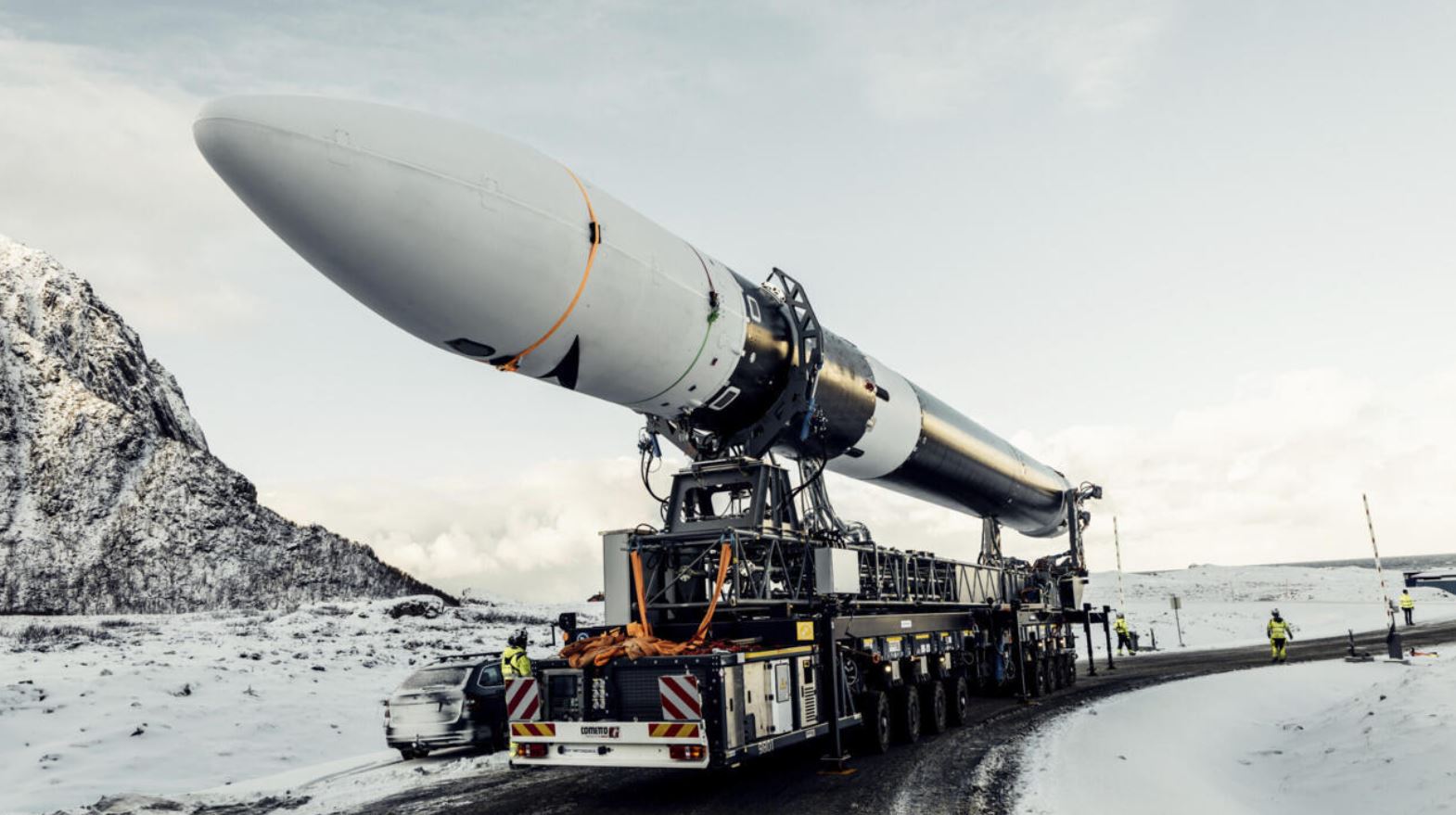 On March 24, the much-anticipated first flight of Isar Aerospace’s Spectrum rocket hit a snag due to poor weather conditions. Originally, this two-stage rocket, which runs on liquid oxygen and liquid propane, was scheduled to launch between 12:30 p.m. and 3:30 p.m. local time from Norway’s Andoya Space Center. But by 1:30 p.m., Isar Aerospace took to social media to announce the delay, blaming “unfavorable winds.”
On March 24, the much-anticipated first flight of Isar Aerospace’s Spectrum rocket hit a snag due to poor weather conditions. Originally, this two-stage rocket, which runs on liquid oxygen and liquid propane, was scheduled to launch between 12:30 p.m. and 3:30 p.m. local time from Norway’s Andoya Space Center. But by 1:30 p.m., Isar Aerospace took to social media to announce the delay, blaming “unfavorable winds.”
This mission, aptly named Going Full Spectrum, is a crucial test of the Spectrum rocket’s capabilities. It’s designed to carry small to medium satellites into orbit. With a payload capacity of up to 2,200 pounds to low-Earth orbit and 1,500 pounds to a sun-synchronous orbit, Spectrum is quite impressive. A sun-synchronous orbit, as the European Space Agency explains, is where satellites remain aligned with the Sun.
Once the launch is rescheduled, the rocket is expected to head northwest over the Norwegian Sea. A successful launch would be a milestone—it would be the first orbital launch from mainland Europe, setting the stage for future missions that could significantly bolster the European space industry. The Andoya site is well-equipped, with the potential to support up to 30 orbital launches each year.








